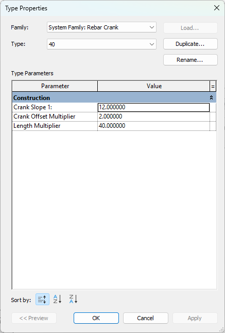Strengthen Your File Security & Cyber Awareness
As cyber threats continue to grow more complex, securing how we store, manage, and share data is critical. This month’s bulletin dives deep into three key topics: how to ensure safe file storage and transfers, understanding the risks and benefits of password managers, and identifying the top cyber threats to watch in 2025. Whether you’re a business leader or an everyday user, taking proactive steps now can prevent serious problems down the road.









